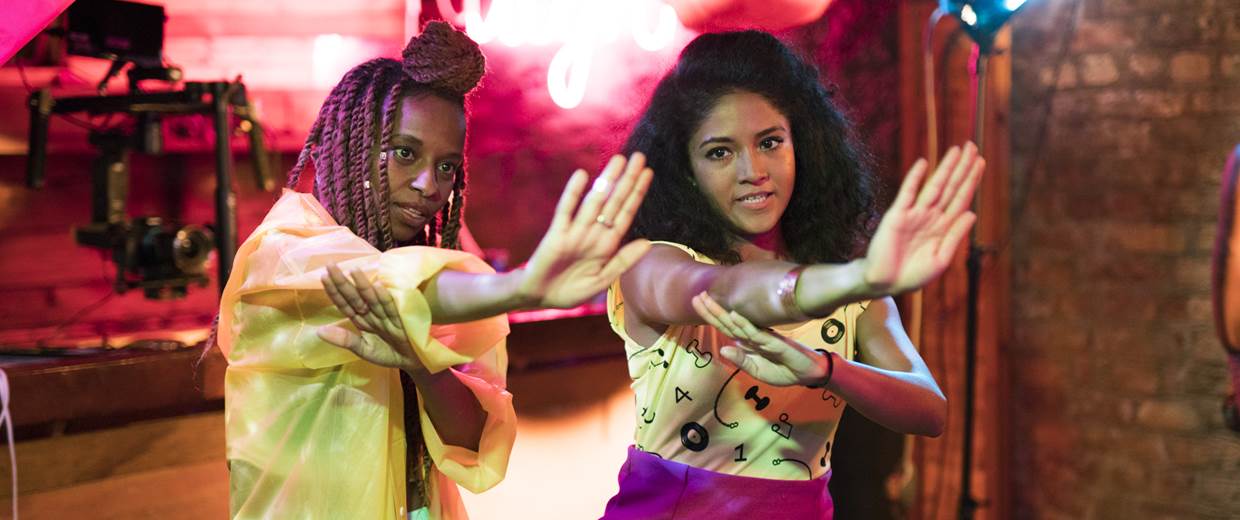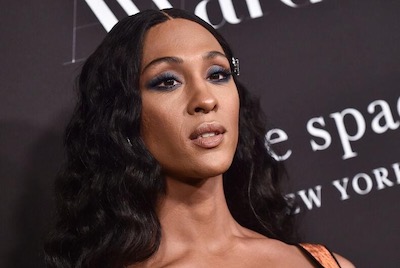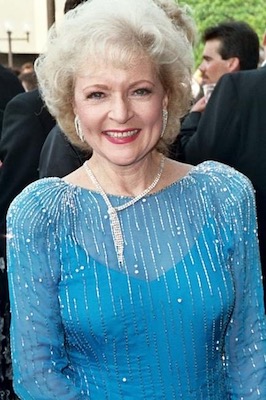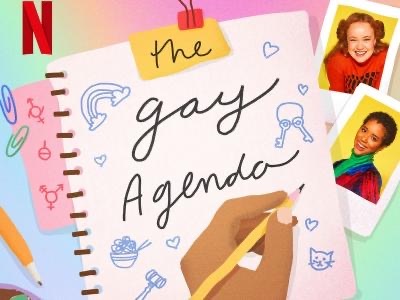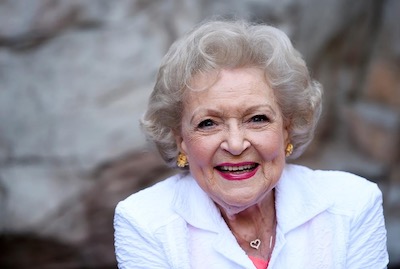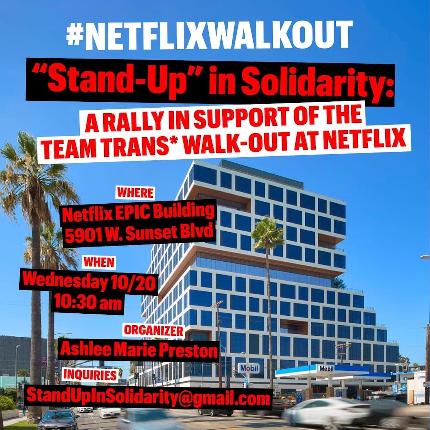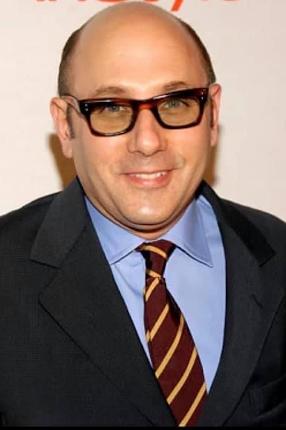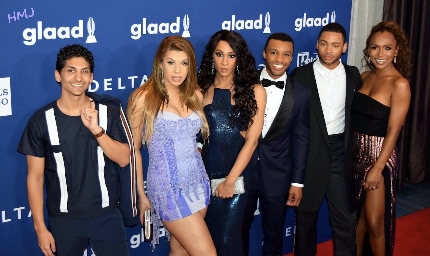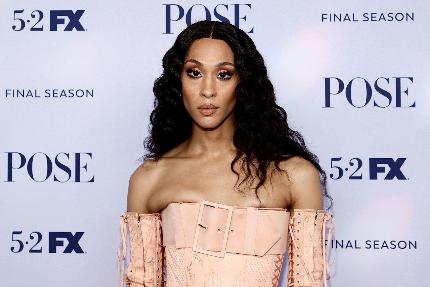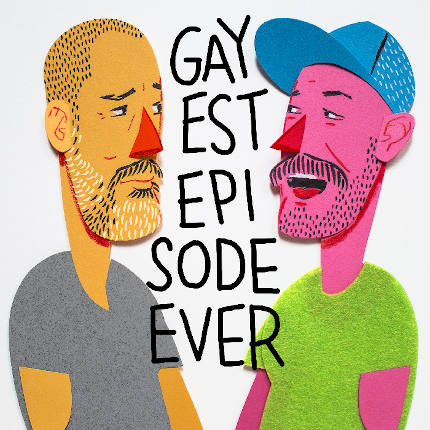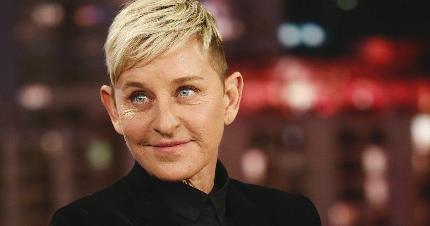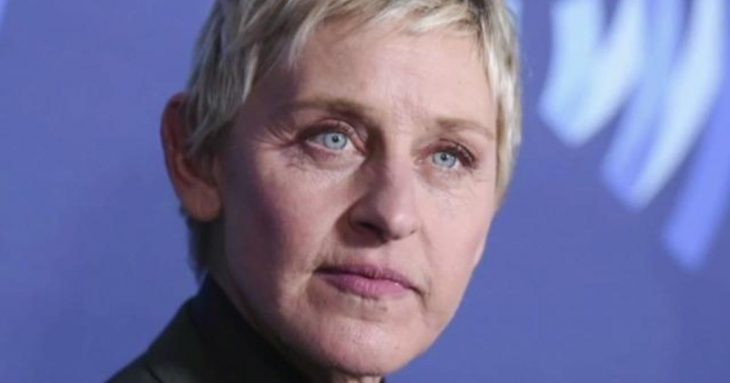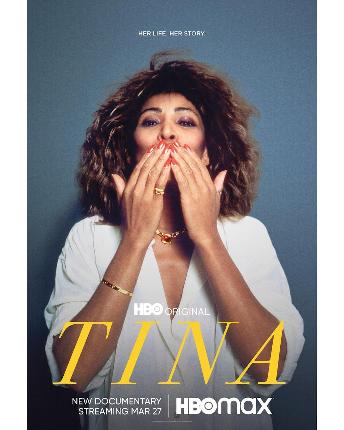BY ANNETTE SEMERDJIAN| “Brown Girls” is the latest hit web series to secure a deal with HBO for a feature-length show. The network that brought us “Insecure,” which was based on Issa Rae’s web series
“Awkward Black Girl,” now will bring us another TV show centered on women of color – this time with a distinctly queer emphasis. The creators of “Brown Girls,” writer Fatimah Asghar and director/producer Sam Bailey, created the series early this year about two friends, Patricia and Leila, sorting through their mid-twenties in Chicago.
The show’s popularity has skyrocketed since episodes started airing on Chicago’s Open TV, a platform for queer and intersectional programming. The hilarious, compelling writing along with the comedic performance of the actors, makes for truly binge-worthy TV. Sonia Denis plays Patricia, a black musician and commitment-phobe who’s not afraid to kick a booty-call out of bed and call them an Uber. Nabila Hossain plays Leila, a South Asian Muslim writer who is just coming to terms with her queerness. As Leila deals with her fears around committing to a queer relationship, Patricia encourages her to stay single and remain a part of their “Single Girls Club Forever.”
The story and its characters do not follow the one-dimensional mold that most women of color and queer women get pigeonholed into. Rather, the show focuses on the complicated feelings and situations that women in their twenties deal with while still portraying the specific stories of each woman’s background. Asghar tells Time that “A lot of people come from intersections that get erased on media platforms.” The story of a South Asian Muslim woman who is just accepting her queerness is not one that many people are familiar with, and to tell that story on screen is a triumph for queer women of color in filmmaking. “If we can shed light that these people exist and are real, and have many different personalities, it will expand the definition of what some of these identities mean,” she continued.
The characters’ backgrounds, in terms of religion, gender, ethnicity, and sexuality, do not become focal points of the show but rather an amalgamated aspect of the story arc that creates a nuanced and complex telling of the lives of queer women of color.
Bailey tells Paper that the internet and the popularity of web series have created an even playing field for show creators. “It wasn’t until I saw other web series like “Awkward Black Girl,” “The Couple,” and even “Broad City” to a certain extent, that I felt I could have an idea and get it to the masses without outside influences tainting it,” Bailey said. “It makes sense that we do it, and we do it our own way with our community so people don’t water down the story that we want to tell.”
Thanks to independent online platforms like Open TV, audiences get to enjoy diversity in characters without feeling queer-baited into a show that will eventually cut out those resonating characters and storylines. Now, as the number of female-centric stories with women of all backgrounds gain popularity, major networks like HBO are picking them up and the stories that have waited too long to be told are finally hitting the airwaves.

